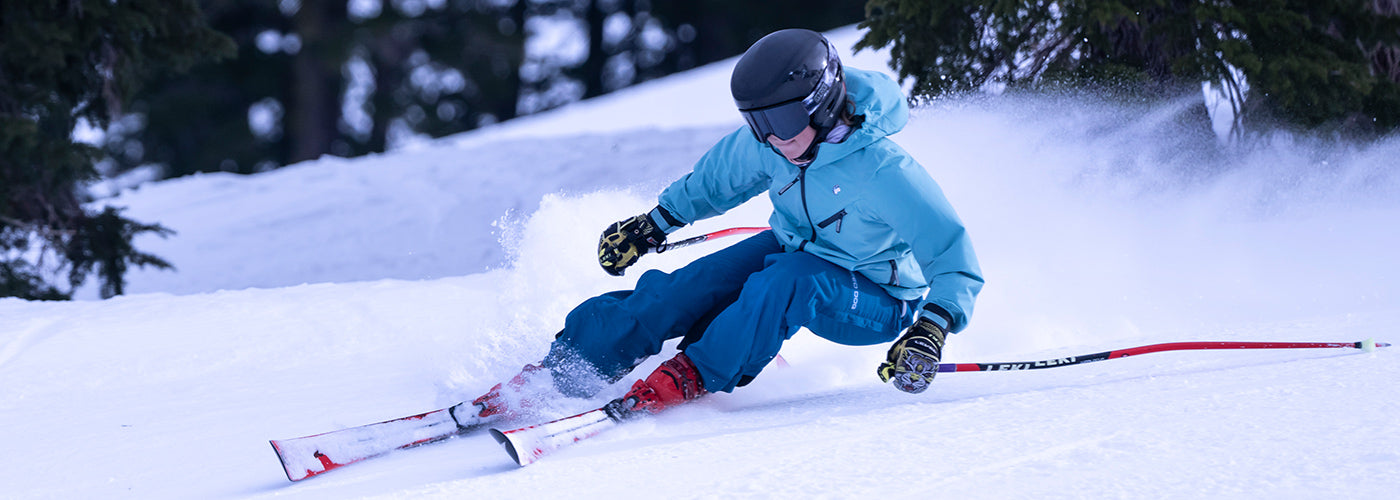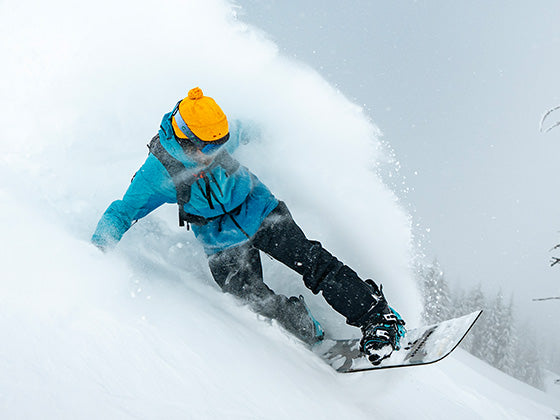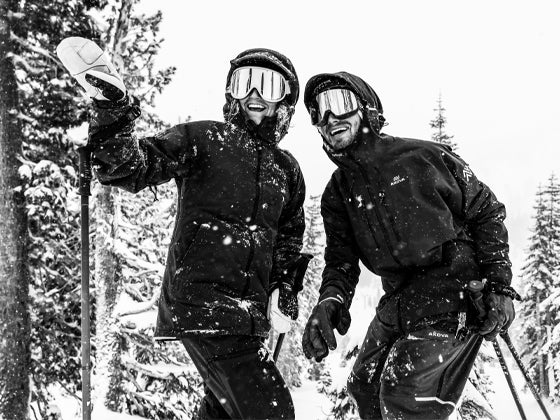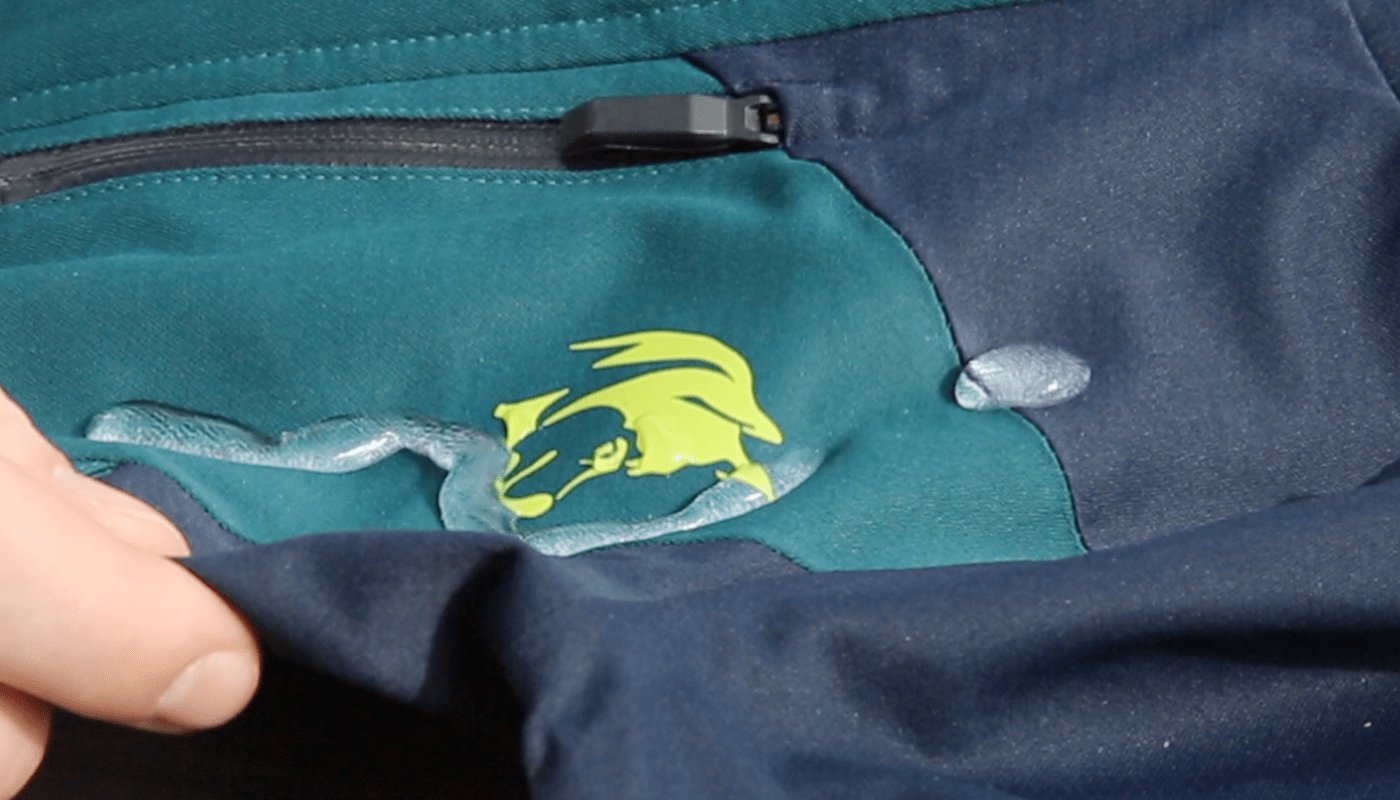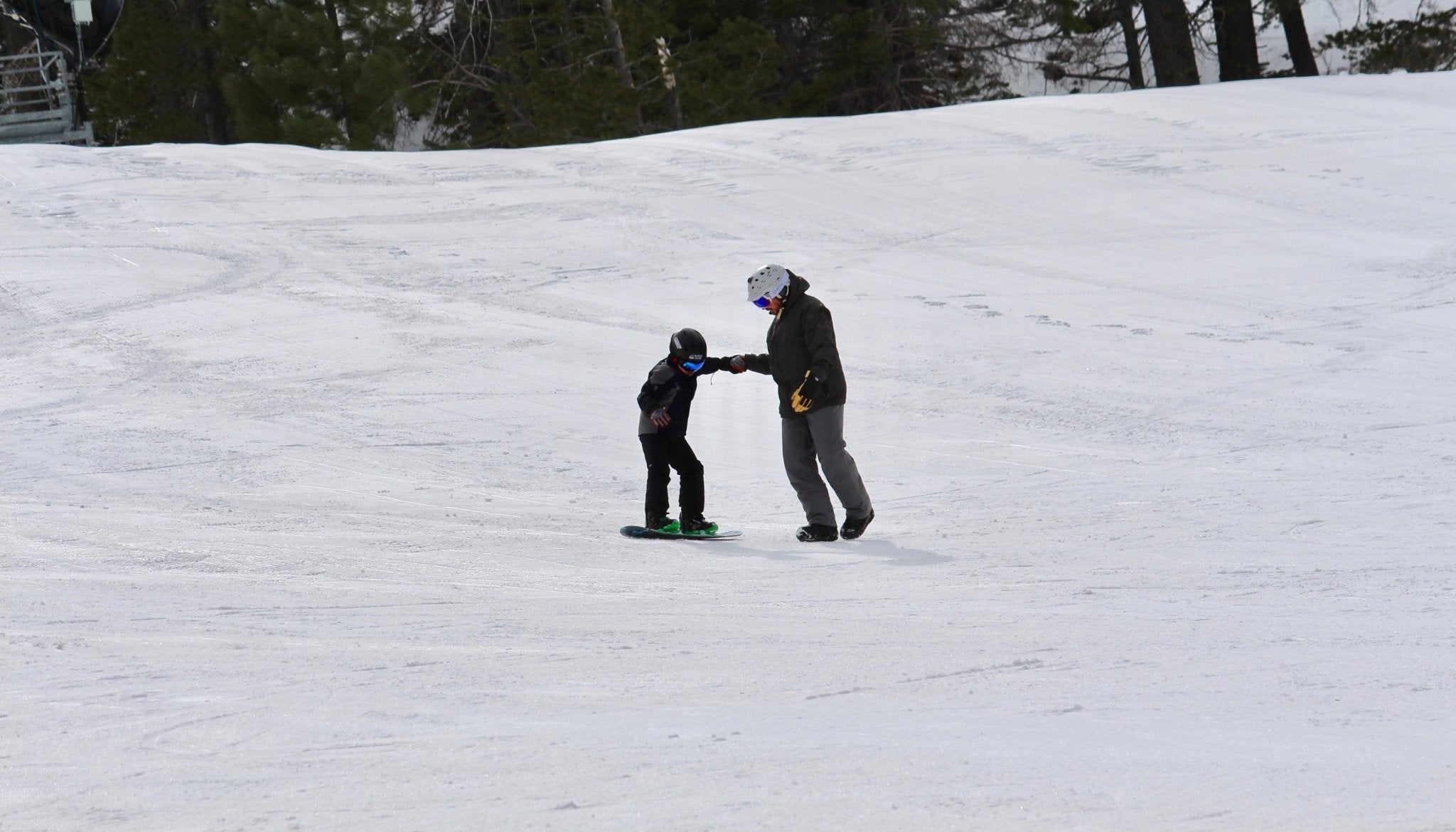As we’ve been highlighting with a few blog posts (and in this recent video we did with an outdoor industry blogger), there are several factors that go into making a layering system to keep your kids warm and dry when skiing, snowboarding, or just playing outside in the snow. One key factor is what is known as a durable water repellent (DWR). In this post, we highlight what it is, what it is not, and a key distinction in how brands market their products to be aware of.
What is a DWR?
A DWR is a coating that is applied to the outer (face) fabric of a jacket or pant. It permeates the fabric and creates a thin layer of protection against moisture. It allows water droplets to “bead up” on the surface versus soaking into the fabric. The purpose of the DWR, in general, is to prevent moisture from getting in but, more specifically, it is designed to keep the face fabric from getting saturated with moisture for as long as possible.
In an upcoming post, we will highlight the importance of a waterproof/breathable membrane for outdoor youth gear designed for winter sports like skiing and snowboarding. These two features are separate but actually work together. The longer the DWR can keep moisture from saturating (wetting out) the face fabric, the better the membrane can do its job in managing breathability (allowing sweat vapor to escape). Once the face fabric wets out, the membrane will still provide the waterproof barrier from moisture coming in, but the garment will not be as breathable.
Why a DWR is Necessary but Not Sufficient for Full Waterproofing
Low quality DWRs do not repel water for long and will lose their effectiveness after machine-washing a garment several times. Higher quality DWRs both repel moisture longer during use and are also more durable over time. But, it is important to note, that all DWRs will eventually allow the face fabric of a jacket or pant to become saturated.
This is important when evaluating any outerwear garment that says it is “water resistant.” Water resistant does not equal waterproof. Water-resistant winter jackets and pants are treated with a DWR and, therefore, do offer some level of temporary protection, but to keep kids warm and dry in the snow for extended periods of time (like the normal amount of time they want to be outside having fun), it is important to look for products with both a waterproof membrane as well as a good DWR coating for maximum protection.
